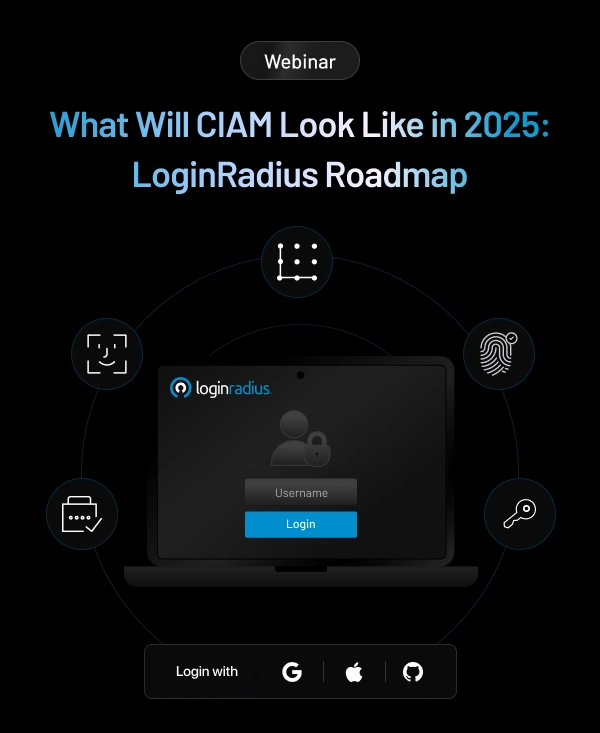The GitHub CLI is a recent GitHub released tool that takes tasks of issue / PR management to the terminal. It will be a useful tool that will put more of our workflow for software creation into the textual domain rather than the visual domain. It’s just called gh.
**Installation of GitHub CLI 💡**
GitHub CLI has releases with significant operating systems, visit the installation page and find instructions on how to install GitHub CLI for your operating system.
For [Windows] and [macOS], you will use the package managers to update and maintain GitHub CLI, and for Linux users, you may need to grab the software from the latest release website.
Here are examples of the installation instructions for each compatible platform:
→ Windows
scoop bucket add github-gh https://github.com/cli/scoop-gh.gitscoop install gh→ macOS
brew install github→ Debian/Ubuntu Linux
sudo apt install git && sudo dpkg -i gh_*_linux_amd64.deb→ Fedora/Centos Linux
sudo yum localinstall gh_*_linux_amd64.rpm→ Arch Linux
yay -S github-cliYou’ll need to authenticate your account after you install GitHub CLI. Running any command would activate this process of authentication(via OAuth). Well, you can use Git CLI.

**What is CLI really doing? 🤔**
The GitHub CLI lets you handle issues/ PRs / repositories from inside your console. Let’s have a look at it:
gh issue [status, list, view, create]
gh pr [status, list, view, checkout, create]
gh repo [view, create, clone, fork]
gh help

It should be said that gh is not the same stuff as git. It’s because gh just adds GitHub tools to the terminal. Version management is yet to be managed with git.
**CLI Commands ➫**
We’re going to cover a bunch of exciting commands. Let’s use the official Angular.js repo to run gh commands
Clone the Angular repo, and navigate to the repository. You can either clone the repo through HTTPS/ ssh/ Git CLI. I’m going to clone the repo through git CLI since we are working on GIT CLI.
Let’s execute the $gh issue --help see what commands are available.
gh issue --help
Work with GitHub issues
USAGE
gh issue <command> [flags]
CORE COMMANDS
close: Close issue
create: Create a new issue
list: List and filter issues in this repository
reopen: Reopen issue
status: Show the status of relevant issues
view: View an issue
FLAGS
-R, --repo OWNER/REPO Select another repository using the OWNER/REPO format
INHERITED FLAGS
--help Show help for command
ARGUMENTS
An issue can be supplied as an argument in any of the following
formats:
- by number, e.g. "123"; or
- by URL, e.g. "https://github.com/OWNER/REPO/issues/123".
EXAMPLES
$ gh issue list
$ gh issue create --label bug
$ gh issue view --web
LEARN MORE
Use 'gh <command> <subcommand> --help' for more information about a command.
Read the manual at https://cli.github.com/manualIt’s Time to view Problems/issues in the angular repo.😁
gh issue list

**Pull Requests 🤖**
It is now possible to build a Pull Request (PR) on the terminal. You will perform $gh pr create right after you have committed a feature or bug branch. This interactively creates the pull request.😉
Let’s execute the $gh pr --help see what commands are available.
Work with GitHub pull requests
USAGE
gh pr <command> [flags]
CORE COMMANDS
checkout: Check out a pull request in git
checks: Show CI status for a single pull request
close: Close a pull request
create: Create a pull request
diff: View changes in a pull request
list: List and filter pull requests in this repository
merge: Merge a pull request
ready: Mark a pull request as ready for review
reopen: Reopen a pull request
review: Add a review to a pull request
status: Show status of relevant pull requests
view: View a pull request
FLAGS
-R, --repo OWNER/REPO Select another repository using the OWNER/REPO format
INHERITED FLAGS
--help Show help for command
ARGUMENTS
A pull request can be supplied as an argument in any of the following formats:
- by number, e.g. "123";
- by URL, e.g. "https://github.com/OWNER/REPO/pull/123"; or
- by the name of its head branch, e.g. "patch-1" or "OWNER:patch-1".
EXAMPLES
$ gh pr checkout 353
$ gh pr create --fill
$ gh pr view --web
LEARN MORE
Use 'gh <command> <subcommand> --help' for more information about a command.
Read the manual at https://cli.github.com/manual**Let’s view some of it:👀**
current PR’s in the repo:
$ gh pr list

*Let’s view an individual pr:*
I’m going with the first pull request #38899. Through gh cmd $ gh pr view 38899.
refactor(compiler): simplify visitor logic for attributes
Draft • atscott wants to merge 1 commit into master from testrefactor
Labels: cla: yes, comp: compiler, state: WIP, target: patch
Milestone: needsTriage
The logic for computing identifiers, specifically for bound attributes can
be simplified by using the value span of the binding rather than the source span.
View this pull request on GitHub: https://github.com/angular/angular/pull/38899**Repository 🤖**
Let’s execute the $gh repo --help see what commands are available
Work with GitHub repositories
USAGE
gh repo <command> [flags]
CORE COMMANDS
clone: Clone a repository locally
create: Create a new repository
fork: Create a fork of a repository
view: View a repository
INHERITED FLAGS
--help Show help for command
ARGUMENTS
A repository can be supplied as an argument in any of the following formats:
- "OWNER/REPO"
- by URL, e.g. "https://github.com/OWNER/REPO"
EXAMPLES
$ gh repo create
$ gh repo clone cli/cli
$ gh repo view --web
LEARN MORE
Use 'gh <command> <subcommand> --help' for more information about a command.
Read the manual at https://cli.github.com/manualIt is better to clone a repository using the gh command than with the git command. I have done this above. Only through gh cmd, I have cloned angular repo.
$ gh repo clone angular/angular
$ gh repo fork
- Forking angular/angular...Start functioning. You should create a new PR after this ($gh pr create)! It’s sort of remarkable that all of that element is now available in the terminal!😍
**Gist 🐱🚀**
It is now simple to create a gist on GitHub from the terminal using the CLI cmd.
gh gist create < file >**Conclusion🙀**
Git CLI's primary objective is to "minimize context switching" by allowing you to continue inside your terminal/console, rather than opening your browser to access GitHub. For additional functionality and knowledge on using the current resources, you may link to the manual.
















